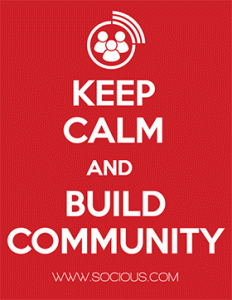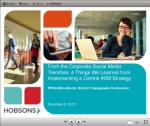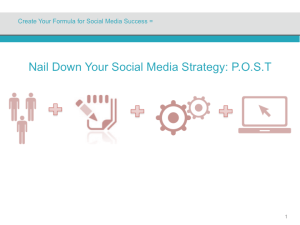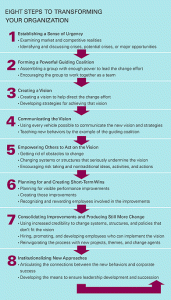
Photo Credit: KaSandra and Grace. On the Lookout for Trends
I don’t know about you, but I am always on the lookout for what’s happening in marketing. I had the opportunity to attend last month’s Sirius Decision Summit. What’s Sirius about? Sirius Decisions describes the summit as “a place where attendees can see and hear how organizations can blend the very best of art and science, and leave with ideas for how to get started on – or advance – your own initiatives.” It is a great conference for any marketer or communicator looking for frameworks and research on what happening in the market today. If you didn’t have the opportunity to go, here five trends to watch for this summer.
Social media beyond the basics
There was a lot of discussing of using social listening to enhance competitive intelligence and beef up prospect profiles. During the breakout sessions, it was useful to see what companies can do with some third party help to bolster current prospect info. One organization appended their prospects and customers’ profiles with social data through a third party vendor to fill in missing information and provide better insights. Social media has become more than a place to post your favorite cat video, it has become a place to take data and build better, more informed customer profiles. Results of adding social data to customer profiles? A better understanding of their customers and prospects, this organization improved its open rates to 28 percent and click-through to 9 percent. How good is 9 percent? Pretty awesome given most industries see on average less than five percent.
Content still plague teams both on creation and effectiveness.
Julie Ogilvie, research director for strategic communications management service at Sirius Decisions, made a simple, but poignant point about social media “All social media problems are content problem.” I think anyone who manages social media teams can emphatically agree. Lots of nodding from the audience on this point alone. Whether you are looking to increase engagement among key audiences or leverage influencers, you need content. That’s easy, right? Not so much. Ultimately, you can’t create content absent of your audience’s needs and motivation an expect good outcomes. Simple, but B2B companies are forgetting the human in social media and not focusing on what people want to engage with.
The concept of building connections across teams
One of the best quotes I heard was the African proverb, “If you want to go fast go alone, if you want to go far, go together.” How many of you know your team is doing good work, but you’re looking to make more impact within your team or get more budget? Many of the sessions discussed the power of cross-functional sharing and brainstorming with teams to maximize not only knowledge, but also sharing of information. So simple, yet many of us get caught in our own silos and workload. We fail to think about the power of sharing information to better leverage the knowledge of other teams to deliver better campaigns. One session shared how equipping community managers with more information on the onset of a campaign, such as the targeted campaign’s keywords, who are the “right” influencers in the market, and the right content from other marketing teams armed them for social media success. Genius, right? So simple, yet many of us are so caught up with real-time delivery that we forget to take a beat and think about what we are trying to accomplish.
The importance of culture in change management
Often overlooked, but crucially important. It’s not a conference without great quotes, and Sirius Decision is no different: “culture eats strategy for breakfast.” You cannot ignore your culture and its importance to your success. While there was not a whole lot of discussion on the how, I can tell you communications and cross-functional involvement vastly improve your chances of getting your corporate culture to accept your next marketing or communication initiative.
The value of pilot testing
Every campaign at the conference mentioned the value in starting small and narrowing your focus. Rome was not build in a day. By focusing on a pilot and ignoring how you have traditionally done, you can break away from the norms. Do things differently. Not to say all pilots are successful, failure is okay and an opportunity to learn.
It’s only a day into the conference, but I am encouraged and energized in learning the new and innovative approach out there today. Also, there is still time to follow the conference hashtag, #SDSummit for more great information on Twitter.







